For wildlife enthusiasts and adventure seekers, few experiences rival the thrill of spotting elusive jungle creatures in their natural habitat. Among the most sought-after sightings in the Americas are jaguars (Panthera onca) and tapirs, particularly the endangered Baird’s tapir (Tapirus bairdii), mountain tapir (Tapirus pinchaque), and the more common lowland tapir (Tapirus terrestris). These magnificent mammals inhabit some of the world’s most biodiverse ecosystems, from the dense rainforests of Brazil to the cloud forests of Central America. This article explores the premier jungle trekking destinations where patient wildlife observers have the highest chances of encountering these iconic species, along with essential information on conservation efforts, best viewing practices, and practical tips for responsible wildlife tourism.
The Pantanal: Brazil’s Premier Jaguar Territory
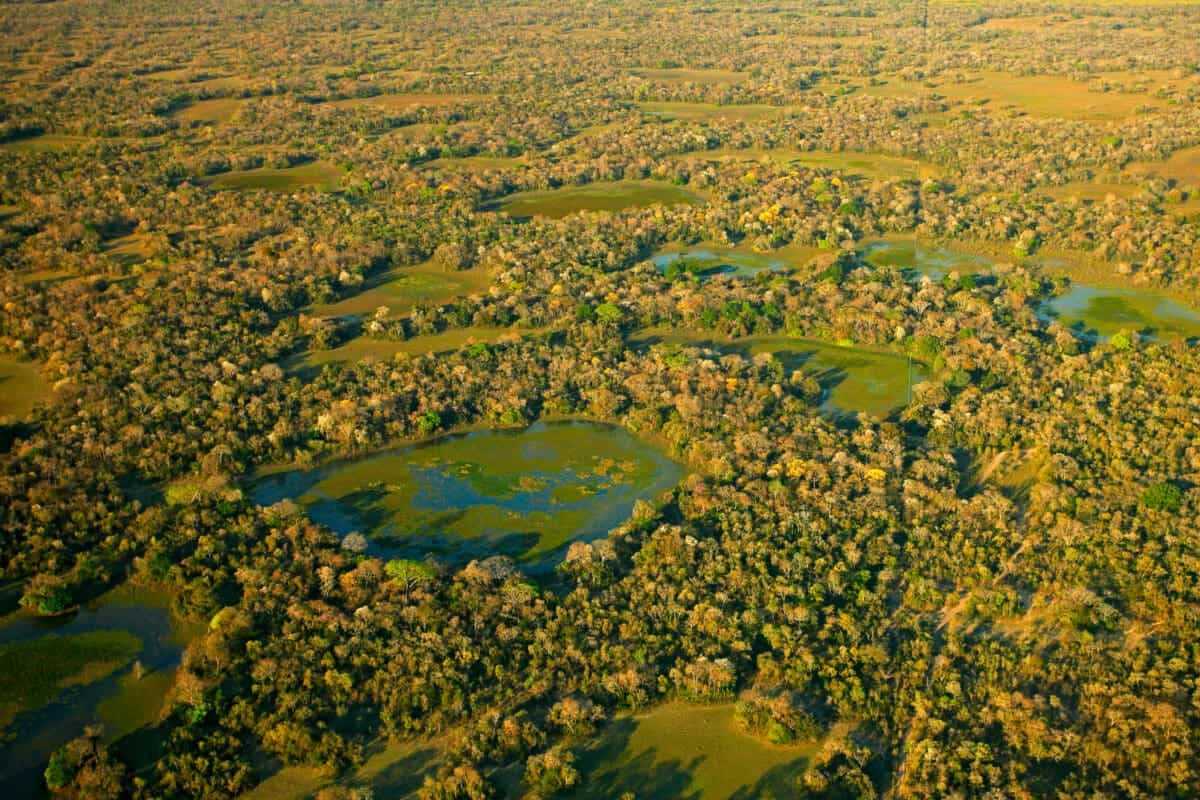
The Pantanal, spanning Brazil, Bolivia, and Paraguay, stands as the world’s largest tropical wetland and boasts the highest concentration of jaguars anywhere on Earth. Unlike the dense Amazon rainforest where visibility is limited, the Pantanal’s open floodplains and riverbanks provide exceptional viewing opportunities, particularly during the dry season from June to October. The Porto Jofre region along the Cuiabá River has emerged as the global hotspot for jaguar sightings, with success rates reaching an impressive 95% during peak season. Specialized boat safaris along the river systems offer visitors front-row seats to witness jaguars swimming, hunting caiman, and resting along the shorelines.
The Northern Pantanal is also home to significant populations of lowland tapirs, which can often be spotted coming to drink at waterholes during dawn and dusk hours. Several eco-lodges in the region, such as the Araras Eco Lodge and Pouso Alegre, maintain trail systems where guided night walks provide opportunities to encounter tapirs feeding on fallen fruits. Conservation initiatives like Panthera’s Jaguar Corridor Initiative are actively working with local ranchers to reduce human-jaguar conflicts and protect these magnificent cats across the landscape, making the Pantanal not just a premier viewing destination but also a conservation success story in progress.
Corcovado National Park: Costa Rica’s Wildlife Jewel

Described by National Geographic as “the most biologically intense place on Earth,” Corcovado National Park on Costa Rica’s Osa Peninsula harbors an incredible density of wildlife within its boundaries. This remote rainforest haven provides habitat for both jaguars and Baird’s tapirs, the largest land mammal in Central America. The park’s network of trails, including the challenging 17-kilometer trek from Los Patos to Sirena Ranger Station, takes visitors through primary rainforest where tapir tracks and wallows are commonly encountered. The Sirena area, accessible by boat or plane, offers the best opportunities for wildlife viewing, with tapirs frequently seen foraging along beaches at dawn or dusk.
While jaguar sightings in Corcovado remain rare compared to the Pantanal, the population density is significant, and tracks are regularly observed by guides. The park’s strict visitor limits and requirement for certified guides enhance both conservation efforts and the quality of wildlife encounters. Visitors staying at the Sirena Ranger Station overnight increase their chances of encountering both species, as these primarily nocturnal animals are most active during the transition hours between day and night. The Costa Rican government’s commitment to protecting this ecosystem has made Corcovado a model for conservation-focused ecotourism in Central America.
Yasuni National Park: Ecuador’s Biodiversity Hotspot

Designated as a UNESCO Biosphere Reserve, Ecuador’s Yasuni National Park represents one of the most biodiverse places on the planet, containing an estimated 4,000 plant species, 173 mammals, and 610 bird species within its boundaries. This Amazonian wonderland provides critical habitat for both jaguars and lowland tapirs. The park’s network of oxbow lakes and clay licks (known locally as “saladeros”) attract tapirs seeking mineral supplements, creating natural viewing areas for wildlife observers. The Tiputini Biodiversity Station and Yasuni Research Station maintain extensive camera trap networks that have documented healthy populations of both species throughout the region.
Accessing this remote wilderness typically involves flying to Coca and then traveling downstream on the Napo River to one of several eco-lodges that serve as bases for exploration. Guided treks along the Tiputini River and surrounding trail systems offer opportunities to spot tapir tracks and occasional direct sightings, particularly near permanent water sources. While jaguars remain extraordinarily elusive in this dense rainforest environment, their presence is confirmed through tracks, scat, and frequent camera trap captures. The ongoing conservation battles between oil development interests and indigenous rights activists have placed Yasuni at the center of global conservation debates, making visits here both environmentally and culturally significant.
Madidi National Park: Bolivia’s Wilderness Frontier

Covering an impressive 18,958 square kilometers, Bolivia’s Madidi National Park encompasses an extraordinary range of ecosystems from Andean mountains to lowland rainforest, providing habitat for both jaguars and lowland tapirs throughout its vast wilderness. The park remains one of South America’s least developed and most pristine natural areas, offering adventurous travelers authentic wildlife experiences far from the beaten path. Community-based ecotourism initiatives, such as those developed with the indigenous Tacana people, provide low-impact access to this remarkable ecosystem while supporting local conservation efforts.
Chalalan Ecolodge, established and operated by the indigenous San José de Uchupiamonas community, serves as an excellent base for multi-day treks into tapir and jaguar habitat. The network of trails around Laguna Chalalan provides opportunities to encounter tapirs visiting the lake to drink and cool off, particularly during dry season months. Wildlife viewing platforms constructed near natural salt licks offer patient observers chances to see tapirs in the early morning hours. While jaguar sightings remain rare, their abundance is evident through tracks, scat, and occasional vocalizations heard during night walks. The partnership between conservation organizations like Wildlife Conservation Society and indigenous communities has helped maintain Madidi’s ecological integrity despite increasing development pressures.
Maya Biosphere Reserve: Guatemala’s Ancient Forest
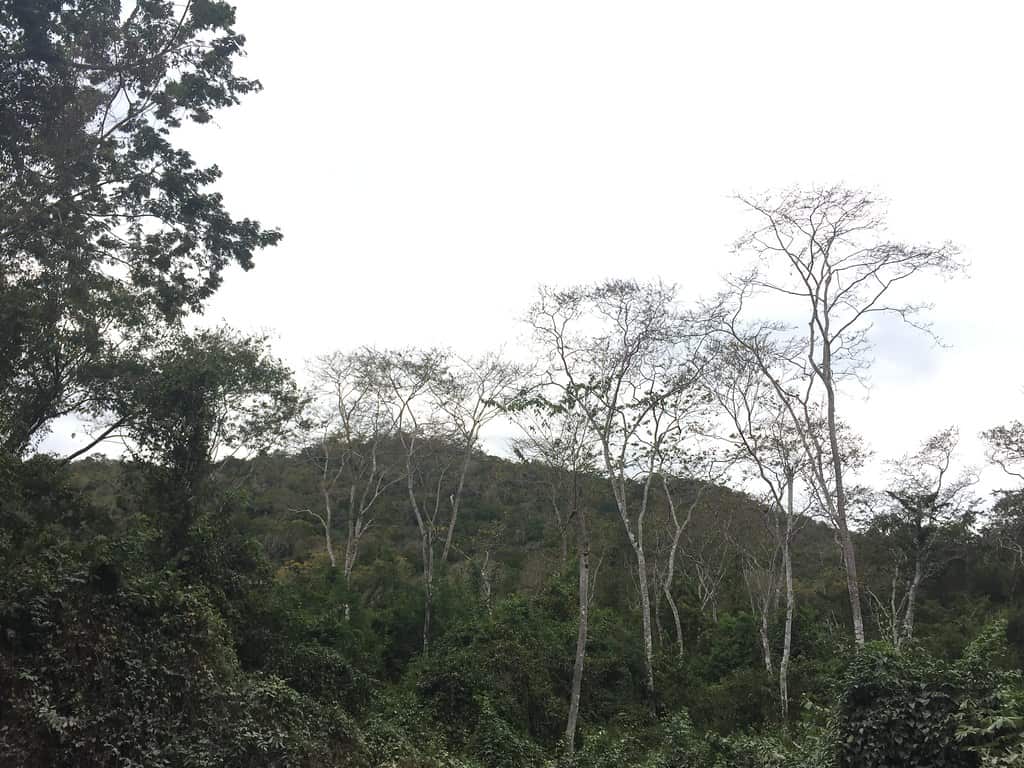
Spanning over two million hectares in northern Guatemala, the Maya Biosphere Reserve represents the largest protected tropical forest in North America and forms a crucial component of the Mesoamerican Biological Corridor. This vast wilderness shelters significant populations of jaguars and Baird’s tapirs amidst ancient Maya ruins and undisturbed forest. The remote archaeological site of El Mirador, accessible only by multi-day trek or helicopter, sits at the heart of the largest expanse of intact forest in the region, where wildlife thrives with minimal human disturbance. Community-based tourism initiatives in the buffer zones around core protected areas provide sustainable economic alternatives to deforestation.
The Las Guacamayas Biological Station, located along the San Pedro River, offers exceptional opportunities for wildlife viewing through boat safaris and guided forest treks. Researchers monitoring the area’s camera trap network have documented regular use of the riverbanks by both jaguars and tapirs, particularly during dry periods when water sources become concentrated. The Uaxactún community forest concession, where sustainable forest management practices preserve wildlife habitat while providing economic benefits to local people, maintains trail systems where tapir wallows and jaguar scratch marks can be observed with knowledgeable guides. Conservation organizations including the Wildlife Conservation Society and Global Wildlife Conservation have established comprehensive monitoring programs tracking the health of jaguar and tapir populations throughout this critical habitat corridor.
Cockscomb Basin Wildlife Sanctuary: Belize’s Jaguar Preserve

Established in 1986 as the world’s first jaguar preserve, the Cockscomb Basin Wildlife Sanctuary in southern Belize protects approximately 400 square kilometers of tropical forest and an estimated population of 40-50 jaguars. The sanctuary’s well-maintained trail system provides access to diverse habitats ranging from riverside forests to mountain slopes, all supporting healthy populations of both jaguars and Baird’s tapirs. Victoria Peak Trail, the sanctuary’s most challenging hiking route, traverses prime tapir habitat where wallows, tracks, and feeding signs are frequently encountered. The more accessible Waterfall Trail and Tiger Fern Trail offer opportunities to spot tapirs visiting streams during early morning or late afternoon hours.
While actual jaguar sightings remain uncommon due to their secretive nature, the sanctuary’s educational center displays an impressive collection of camera trap photos documenting the resident population. Night walks along the access road with experienced guides occasionally yield sightings of tapirs feeding on roadside vegetation. The nearby Maya Center village, home to indigenous people who co-manage the sanctuary, provides guided services and cultural context for understanding traditional relationships with these iconic species. Long-term research projects, including those conducted by Panthera and the Belize Wildlife Conservation Network, continue to monitor population dynamics and implement conservation strategies benefiting both species throughout the region.
Manu National Park: Peru’s Unspoiled Wilderness

Designated as both a UNESCO World Heritage Site and Biosphere Reserve, Peru’s Manu National Park protects one of Earth’s most biodiverse ecosystems across its impressive 17,162 square kilometer expanse. The park’s altitudinal gradient, ranging from 150 to 4,200 meters above sea level, creates habitat for lowland tapirs in the Amazon basin and mountain tapirs in higher elevation cloud forests, along with healthy jaguar populations throughout the lowland regions. The strictly protected core zone remains largely untouched by human development, providing a glimpse of pristine Amazonian ecosystems functioning as they have for millennia.
Access to Manu typically begins in Cusco, with multi-day journeys descending from the Andes into increasingly pristine forest zones. The Romero and Manu Learning Centers serve as bases for exploration of the park’s buffer zones, where researchers have documented abundant tapir activity around clay licks and forest streams. Salvador oxbow lake provides excellent opportunities for wildlife observation, with tapirs frequently seen visiting its shores and jaguars occasionally spotted hunting along its margins. Specialized photography tours targeting clay licks have produced remarkable tapir documentation, while research stations maintaining camera trap networks have recorded extensive jaguar activity throughout the protected area. Manu’s comprehensive management approach, integrating indigenous communities living in voluntary isolation with strict protection zones, makes it one of South America’s most important conservation landscapes.
Darién National Park: Panama’s Wild Frontier

Forming the land bridge between Central and South America, Panama’s Darién National Park represents one of the most remote and challenging wilderness areas in the hemisphere. This UNESCO World Heritage Site harbors significant populations of both jaguars and Baird’s tapirs within its boundaries, though access remains extremely limited due to its isolation and security concerns in certain areas. The park’s extraordinary biodiversity results from its position as the meeting point between North and South American flora and fauna, creating unique ecological assemblages found nowhere else on Earth. For the most adventurous wildlife enthusiasts, expeditions led by specialized operators with extensive local connections provide rare opportunities to explore this biological frontier.
The indigenous Emberá and Wounaan communities within and around the park boundaries maintain traditional relationships with the forest and its wildlife, with community-based tourism initiatives providing both cultural exchange opportunities and access to remote areas where wildlife observation is possible. The Pirre Station, operated by Panama’s environmental authority, serves as a base for research activities and limited ecotourism in the more accessible portions of the park. Jaguars and tapirs are most frequently encountered along river systems and near seasonal water sources during dry periods. The Panama Mammals Conservation Project maintains research and monitoring activities throughout the region, documenting wildlife distribution patterns and working with local communities on conservation initiatives that protect these flagship species while supporting sustainable development.
Los Katíos National Park: Colombia’s Biodiversity Bridge
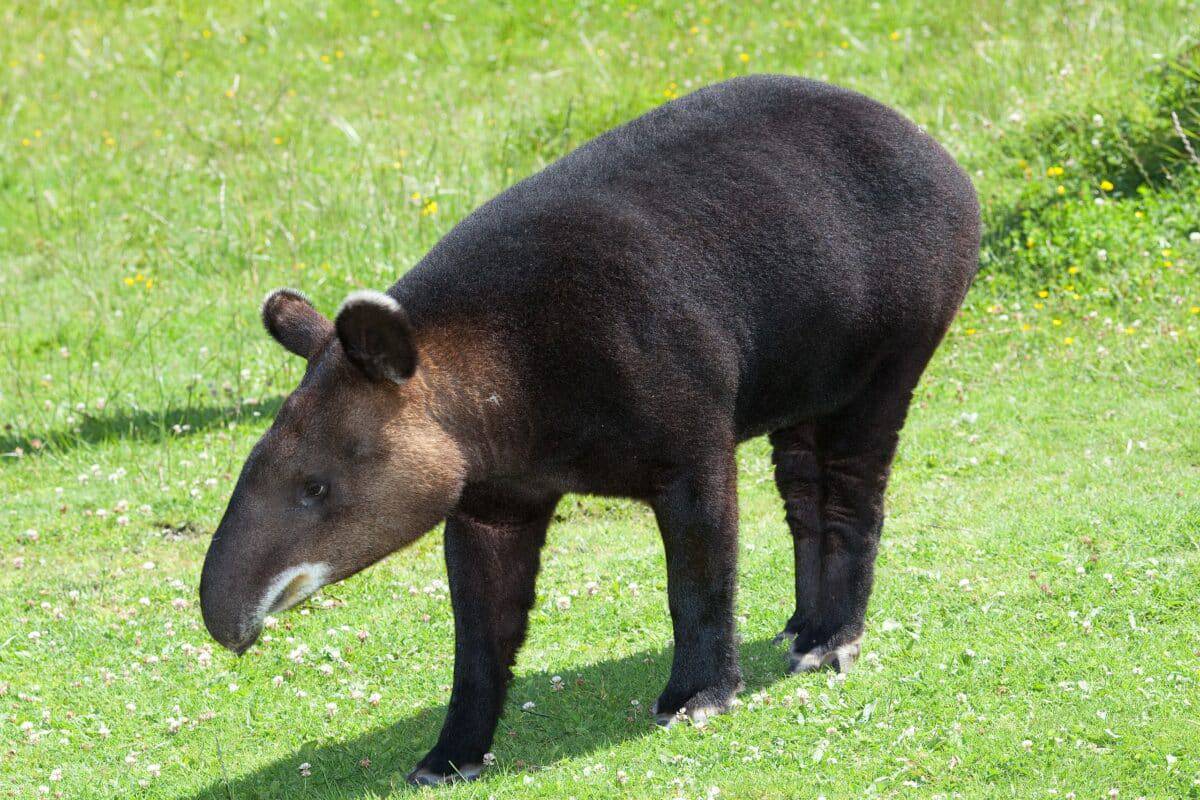
Connecting to Panama’s Darién region, Colombia’s Los Katíos National Park forms a crucial link in the Mesoamerican Biological Corridor and protects important populations of both jaguars and Baird’s tapirs. This UNESCO World Heritage Site encompasses 720 square kilometers of exceptionally diverse habitats, including tropical rainforest, floodplain forests, and wetlands. The park’s network of rivers and lakes creates natural movement corridors for wildlife, with the Atrato River basin providing essential habitat for both species. Access to the park requires permits and local guides, with the town of Turbo serving as the primary gateway for organized expeditions.
The Tumaradó wetlands within the park offer excellent opportunities for wildlife observation from boats, with tapirs frequently seen visiting shorelines during early morning hours. While security concerns previously limited tourism development in the region, improved conditions have allowed for the establishment of community-based ecotourism initiatives with the local Wounaan and Emberá indigenous groups, who provide guiding services and cultural context for understanding traditional relationships with these iconic species. Conservation organizations including Panthera and Fundación ProAves maintain research and monitoring programs throughout the region, documenting wildlife populations and implementing strategies to maintain connectivity between protected areas. Los Katíos represents a critical but often overlooked destination for those seeking authentic wilderness experiences in a region of extraordinary biological significance.
Iwokrama Forest: Guyana’s Community Conservation Model

Spanning nearly one million acres of pristine rainforest in central Guyana, the Iwokrama International Centre for Rainforest Conservation and Development represents an innovative approach to sustainable forest management that supports both wildlife conservation and indigenous livelihoods. This remarkable protected area harbors healthy populations of jaguars and lowland tapirs within a mosaic of strictly protected zones and sustainably managed forest. The Iwokrama River Lodge and Research Centre serves as the primary base for exploration, offering guided treks along an extensive trail system that traverses diverse habitats ranging from riverside forests to isolated mountains.
The Canopy Walkway, suspended 30 meters above the forest floor, provides unique perspectives on forest ecology and occasional opportunities to spot wildlife moving through the understory below. Local Makushi indigenous guides bring generations of traditional knowledge to wildlife tracking, significantly enhancing visitors’ chances of encountering or finding signs of elusive species. Surama Village, a Makushi community at the edge of the Iwokrama Forest, offers cultural immersion experiences and access to additional wildlife viewing areas, including forest clearings where tapirs frequently feed. Research initiatives conducted in partnership with organizations including Panthera and World Wildlife Fund have documented extensive use of the area by both jaguars and tapirs, confirming the effectiveness of Iwokrama’s integrated conservation and sustainable use model for protecting these vulnerable species while supporting community development.
Sierra Nevada de Santa Marta: Colombia’s Mountain Tapir Haven
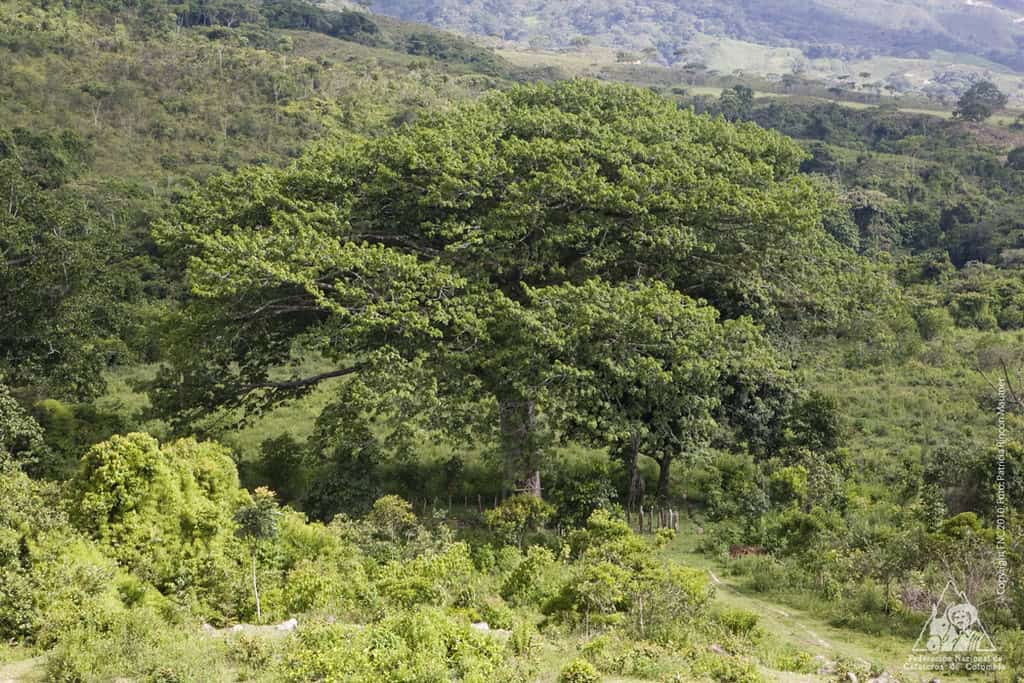
Rising dramatically from the Caribbean coast to snow-capped peaks over 5,700 meters tall, Colombia’s Sierra Nevada de Santa Marta represents the world’s highest coastal mountain range and a critical habitat for the endangered mountain tapir. This isolated massif functions as an ecological island, harboring extraordinary biodiversity including numerous endemic species found nowhere else on Earth. The Sierra Nevada de Santa Marta National Park protects significant portions of this unique ecosystem, though access requires permits and arrangements with local indigenous communities who maintain traditional authority over much of the territory. The ProAves El Dorado Reserve provides more accessible opportunities to explore high-elevation habitats where mountain tapirs persist in remote valleys and cloud forests.
While jaguars inhabit the lower elevations of the Sierra Nevada, the mountain tapir represents the primary attraction for wildlife enthusiasts visiting this region. These rare tapirs, distinguishable from lowland species by their thicker woolly coat adapted to cold temperatures, primarily inhabit elevations between 2,000 and 4,000 meters. Guided treks along the network of ancient indigenous paths that cross the mountains occasionally yield sightings of these elusive creatures feeding in high-elevation meadows or visiting natural salt licks. Research initiatives led by organizations including Fundación Herencia Ambiental Caribe and The Mountain Tapir Conservation Project monitor population trends and work with indigenous communities to develop conservation strategies that respect traditional territorial rights while protecting this critically endangered species.
Essential Tips for Successful Jaguar and Tapir Spotting
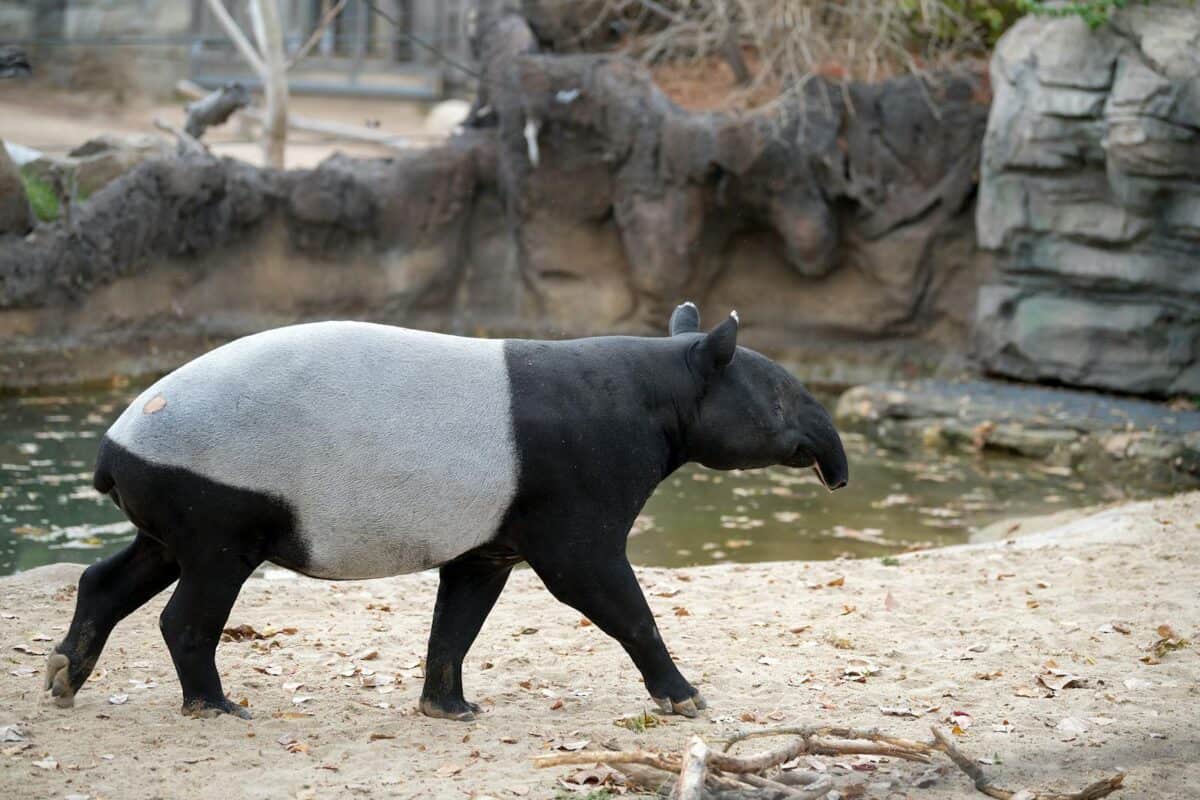
Successful wildlife observation requires preparation, patience, and appropriate equipment. For jaguar and tapir spotting, timing is crucial – both species are most active during crepuscular hours (dawn and dusk), though tapirs may remain active throughout the night. The dry season generally provides better viewing opportunities in most locations, as animals concentrate around remaining water sources and vegetation thins to improve visibility. Quality binoculars with good low-light performance are indispensable, especially in dense jungle environments where jaguars and tapirs are known to roam. Wearing earth-toned clothing, minimizing noise, and moving slowly are key to blending into the environment and reducing the chance of disturbing wildlife. Guides with local knowledge can greatly increase your chances of a sighting, as they are familiar with animal tracks, territorial patterns, and recent movements.
In addition to gear and timing, respecting the ecosystem is vital. Stick to designated trails whenever possible to avoid damaging sensitive habitats, and never attempt to bait or approach wildlife. Both jaguars and tapirs are shy, elusive animals that thrive best when left undisturbed. Documenting your sightings with a camera that has a silent shutter can help preserve the moment without causing alarm. Most importantly, savor the experience—whether you glimpse a jaguar’s shadowy form slinking through the underbrush or watch a tapir wade silently through a jungle stream, these encounters are as much about connection with the wild as they are about observation.
Conclusion: Safety is Key

Venturing into the world’s densest jungles in search of jaguars and tapirs is more than a wildlife quest—it’s an immersion into some of the planet’s most untamed and biologically rich ecosystems. From the Amazon’s labyrinthine waterways to the misty highlands of Central America, each trek offers a unique blend of adventure, challenge, and reward. These elusive animals leave only fleeting signs of their presence, making every sighting feel like a hard-won treasure. Along the way, explorers encounter a kaleidoscope of biodiversity—from brilliant birds and secretive reptiles to ancient trees and humming insects—that adds depth and wonder to the journey.
Ultimately, these treks remind us of the fragility and magnificence of tropical wilderness. By choosing responsible tour operators, supporting local conservation efforts, and treading lightly through these habitats, travelers play a part in protecting the very species they hope to see. Spotting a jaguar’s silent gaze or a tapir’s lumbering form is a rare privilege—one that calls for humility, patience, and a deep respect for the natural world. Whether or not the animals reveal themselves, the experience leaves lasting impressions that reach far beyond the jungle’s edge.
- 10 Ancient Australian Creatures That Defy Evolution - August 15, 2025
- The Science Behind the Panda’s Distinct Black and White Fur - August 15, 2025
- The Fascinating World of Bioluminescence in Animals - August 15, 2025

